FOR PROPER AND SAFE USE
WARNING
OPERATING TEMPERATURE AND CONDITIONS
• This camera is designed for use from -10 to 40°C (14 to
104°F).
• Never leave your camera where it may be subjected to extreme
temperatures such as inside the glove compartment of a car.
• At colder temperatures, the data panel response time will be
slow. At higher temperatures, the display may temporarily
darken, but will restore when the temperature normalizes.
• Never subject the camera to extreme humidity.
• To prevent condensation from forming, place the camera in a sealed plastic bag
when bringing it from the cold exterior into a warm building. Allow it to come to
room temperature before removing it from the bag.
• When photographing in cold weather, keep the camera and spare batteries inside
your coat to keep them warm when you are not shooting. Cold batteries will regain
some of their charge when they warm up.
FILM CASSETTE WARNING
The film used in Advanced Photo System cameras stores some data magnetically.
Do not place the film cassette on or near anything that creates a magnetic field, such
as a television or stereo speakers.
CAMERA ERROR
If the camera will not function with fresh batteries, remove the batteries, wait a few
minutes, then reinsert the batteries. If normal operation does not resume, or the
camera malfunctions repeatedly, contact an authorized Minolta Service Facility.
THIS CAMERA IS SPLASHPROOF AND CAN BE USED IN LIGHT RAIN OR SNOW.
• Do not place the camera under running water or immerse.
Please Note:
1.When using the camera outdoors in heavy rain, keep the camera protected from
the rain. Do not leave the camera in the rain.
2.The interior of the camera is not water resistant.
- Dry the camera before opening the film or battery chambers.
- When inserting or removing film or batteries, keep your hands dry.
3.Do not load film or replace batteries in places where water, blowing sand, or dust
can enter the camera.
4.This camera is not sandproof, do not place the camera directly
on the ground.
5.Do not expose the camera to salt water or liquids containing
sugar.
6.Close the film and battery chamber covers tightly. Clean the
rubber seals before closing covers.
7.If the rubber seals appear cracked or damaged, contact an authorized Minolta
Service Facility to have them replaced.
8.Do not subject the camera to shock or impact.
E
INSTRUCTION MANUAL
© 1996 Minolta Co., Ltd. under the Berne Convention and
Universal Copyright Convention
Read and understand all warnings and cautions before using this product.
Batteries may become hot or explode due to improper use.
• Use only the batteries specified in this instruction manual.
• Do not install the batteries with the polarity (+/–) reversed.
• Do not subject batteries to fire or high temperatures.
• Do not attempt to recharge, short, or disassemble.
• Tape over lithium battery contacts before disposal. Follow local codes for
battery disposal.
Use caution, accidents may occur when using this product near young children.
Keep batteries or things that could be swallowed away from young children.
Contact a doctor immediately if an object is swallowed.
Immediately remove the batteries and discontinue use if...
• the camera is dropped or subjected to an impact in which the interior is
exposed.
• the product emits a strange smell, heat, or smoke.
Do not disassemble. Electric shock may occur if a high voltage circuit inside the
camera is touched. Take your camera to a Minolta Service Facility when repairs
are required.
Attaching
Insert the strap tab into the strap port until it
“clicks.”
Removing
Press the strap release and pull the tab out of
the strap port.
ATTACHING AND REMOVING THE STRAP
9222-2281-11 T-B801
Minolta Co., Ltd. 3-13, 2-Chome, Azuchi-Machi, Chuo-Ku, Osaka 541-8556, Japan
Minolta GmbH Kurt-Fischer-Strasse 50, D-22923 Ahrensburg, Germany
Minolta France S.A. 365 Route de Saint-Germain, F-78420 Carrieres-Sur-Seine, France
Minolta (UK) Limited Rooksley Park, Precedent Drive, Rooksley, Milton Keynes, MK13 8HF, England
Minolta Austria Ges. m.b.H. Amalienstrasse 59-61, A-1131 Wien, Austria
Minolta Camera Benelux B.V. Zonnebaan 39, P.O. Box 6000, NL-3600 HA Maarssen, The Netherlands
Belgium Branch Kontichsesteenweg 38, B-2630 Aartselaar, Belgium
Minolta (Schweiz) AG Riedstrasse 6, CH-8953 Dietikon, Switzerland
Minolta Svenska AB P.O.Box 9058, Albygatan 114, S-17109 Solna, Sweden
Finland Branch Niittykatu 6 PL 37, SF-02201 Espoo, Finland
Minolta Portugal Limitada Av. do Brasil 33-A, P-1700 Lisboa, Portugal
Minolta Corporation
Head Office 101 Williams Drive, Ramsey, New Jersey 07446, U.S.A.
Los Angeles Branch 11150 Hope Street Cypress, CA 90630, U.S.A.
Minolta Canada Inc.
Head Office 369 Britannia Road East, Mississauga, Ontario L4Z 2H5, Canada
Vancouver Branch 230-3771 Jacombs Road, Richmond, B.C. V6V 2L9, Canada
Minolta Hong Kong Limited Room 208, 2/F, Eastern Center, 1065 King’s Road, Quarry Bay, Hong Kong, China
Minolta Singapore (Pte) Ltd. 10, Teban Gardens Crescent, Singapore 608923
Shanghai Minolta Optical
Products Co., Ltd. 368 Minolta Road, Songjiang, Shanghai, China
This device complies with Part 15 of the FCC Rules. Operation is subject to the following two
conditions: (1) This device may not cause harmful interference, and (2) this device must
accept any interference received, including interference that may cause undesired operation.
Changes or modifications not approved by the party responsible for compliance could void
the user's authority to operate the equipment. This equipment has been tested and found to
comply with the limits for a Class B digital device, pursuant to Part 15 of the FCC Rules.
These limits are designed to provide reasonable protection against harmful interference in a
residential installation. This equipment generates, uses and can radiate radio frequency
energy and, if not installed and used in accordance with the instructions, may cause harmful
interference to radio communications. However, there is no guarantee that interference will
not occur in a particular installation. If this equipment does cause harmful interference to
radio or television reception, which can be determined by turning the equipment off and on,
the user is encouraged to try to correct the interference by one or more of the following
measures:
• Reorient or relocate the receiving antenna.
• Increase the separation between the equipment and the receiver.
• Connect the equipment to an outlet on a circuit different from that to which the receiver is
connected.
• Consult the dealer or an experienced radio/TV technician for help.
This Class B digital apparatus meets all requirements of the Canadian Interference-Causing
Equipment Regulations.
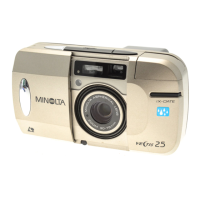
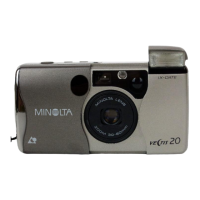
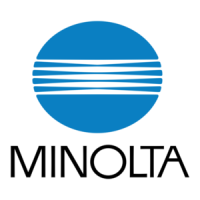
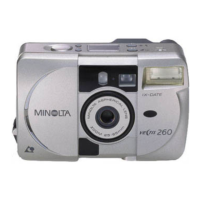



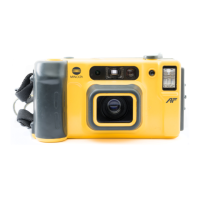
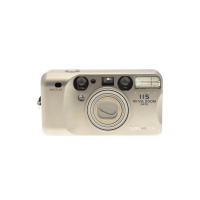
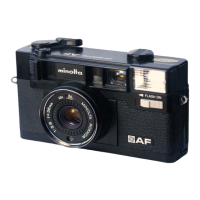

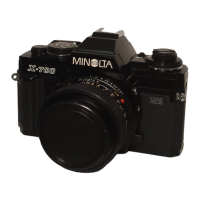
